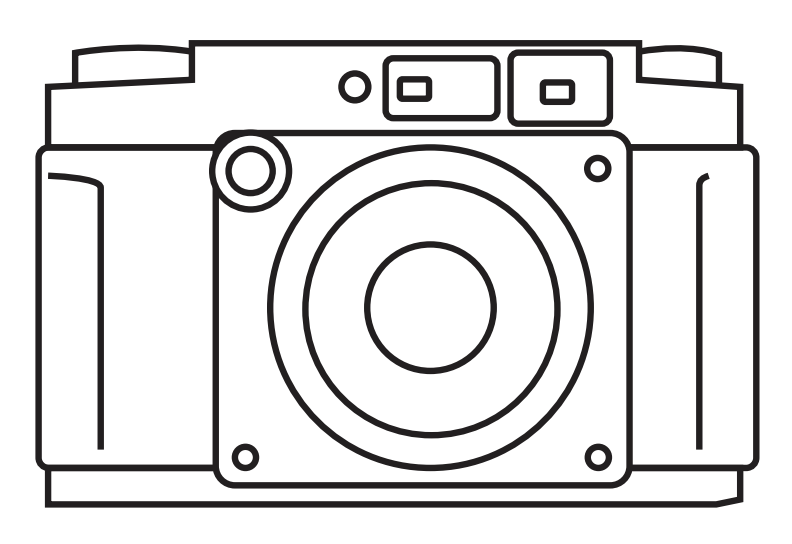Mamiya 7 + 43mm
I am parting ways with this amazing piece of equipment, so I figured I would write up a little bit of a review about it. This camera and lens combination are superb, and if I could afford to keep it, I would. Unfortunately I cannot hang onto it, so it has to head over to a friend. I am going to do my best to keep this impartial, but I am much more pleased with my GF670 than this camera, and they are similar.
For those who are not acquainted with this camera in any way, it is a 6x7 rangefinder, interchangeable lens camera that will shoot 120 or 220 film. The camera has a built in meter with aperture priority or manual mode. The camera does require a battery to operate. The shutter is in each lens, as such, it is extremely silent.
The lenses for this camera are:
- 43mm F4.5
- 50mm F4.5
- 65mm F4
- 80mm F4
- 150mm F4.5
- 210mm F8
The 43mm and the 50mm require external viewfinders, as do the 150mm and 210. I have the 43mm and external viewfinder. The 43mm is equivalent to 21mm or so on a 35mm camera. It is wide, very wide, and even though I shoot wide and enjoy it, for some reason I was never able to connect with this camera.
The 43mm is extremely sharp, with very little distortion. I found the focus a bit stiffer than I enjoy with my Fuji, but about equal to my Leica. The external viewfinder is super bright, though it might be a touch over-large for some folks. It does add some bulk to the camera, and having to remove and replace it every time one takes it out of, and returns it to the bag is a bit bothersome, to the point that I started shooting without it, which was pretty fun, actually. Shooting the 43 with a flash was exciting, too!
The camera body itself feels solid, and is built well, with a few strange caveats to that. The shutter button is a modern button, but there is a shutter cable release on the side of the camera. The PC connect, though the camera has a hotshoe, is on the front bottom, right near the bottom of the lens.
This camera has a film advance lever, not a knob, like my fuji, which is far better than a knob. I've heard that the gearing in these can be weak and you have to be gentle with it, but I never had any problems.
One huge advantage, besides the film advance lever, is that the camera has a timer, which is awesome for when we travel and I want to do pictures of my lady and myself. For my fuji, I had to get a mechanical timer that screws into the shutter.
The shutter, or all the lenses and shutters, go from 4 seconds to 1/500th of a second, as well as Bulb. There is a shutter priority mode, as well as an Auto Exposure Lock mode, which I find works well. The meter is center weighted, and not through the lens. The meter is located directly above the lens.
Iso settings go from 25-1600, you can set the camera to over, or underexpose 2 full stops, giving you an effective Iso range of 6-6400, which is pretty nice.
This camera was later replaced with a Mamiya 7ii, which has a more contrasty viewfinder, and a few other minor changes. The 7 system is pretty amazing, and a great buy if you do not mind the dedicated 6x7 and a rather bulky camera. The glass is tac sharp, and the range is versatile.
Ilford FP4
Kodak Ektachrome E200








